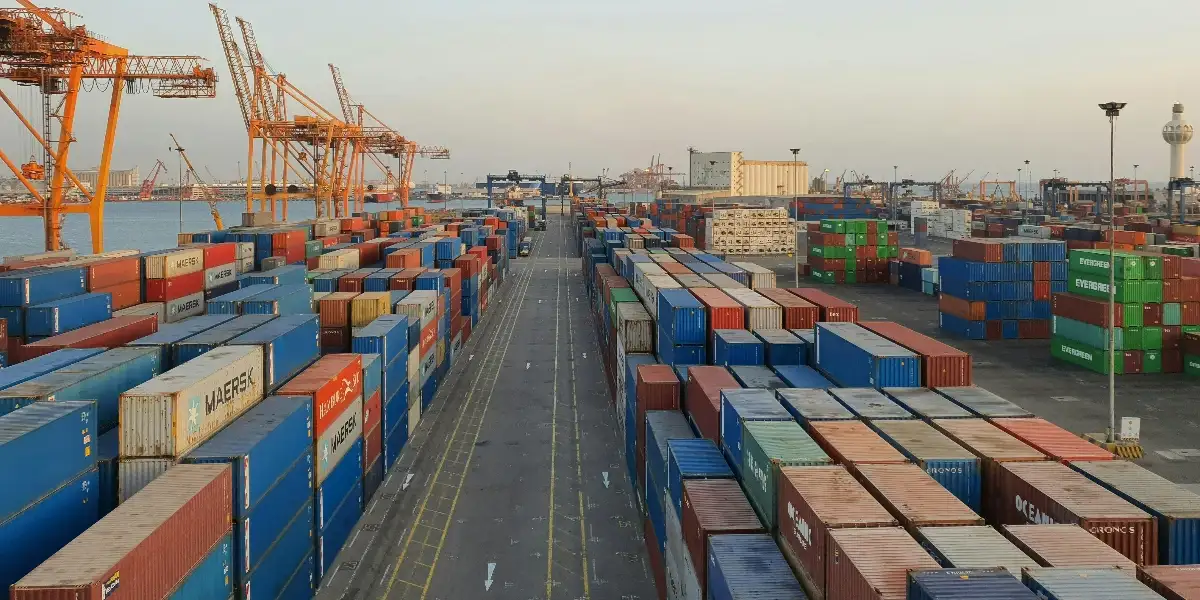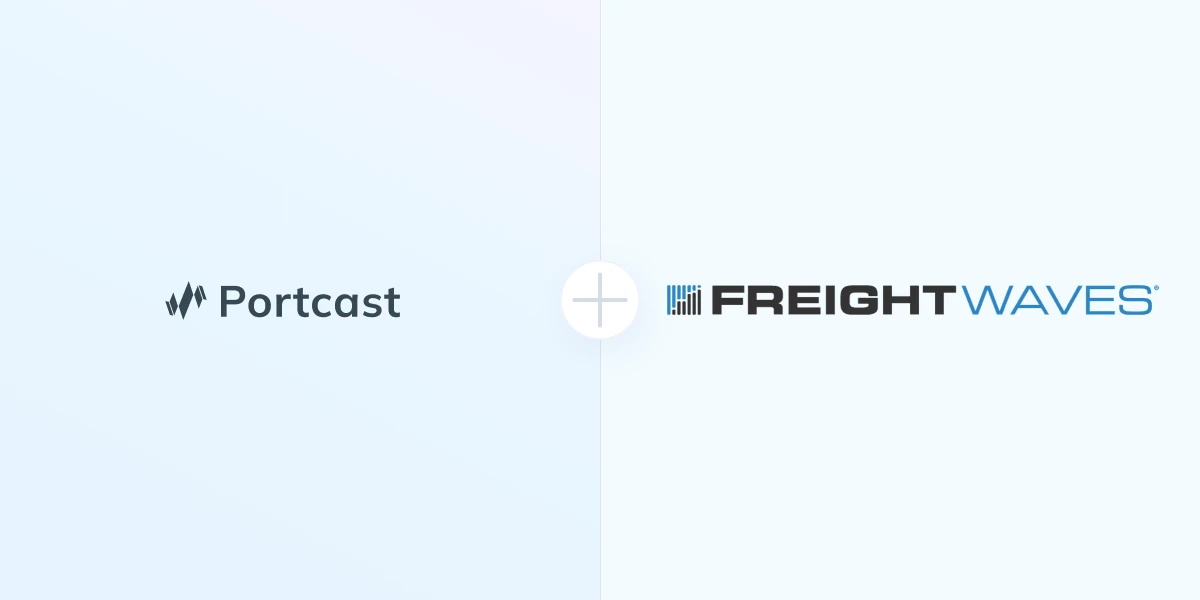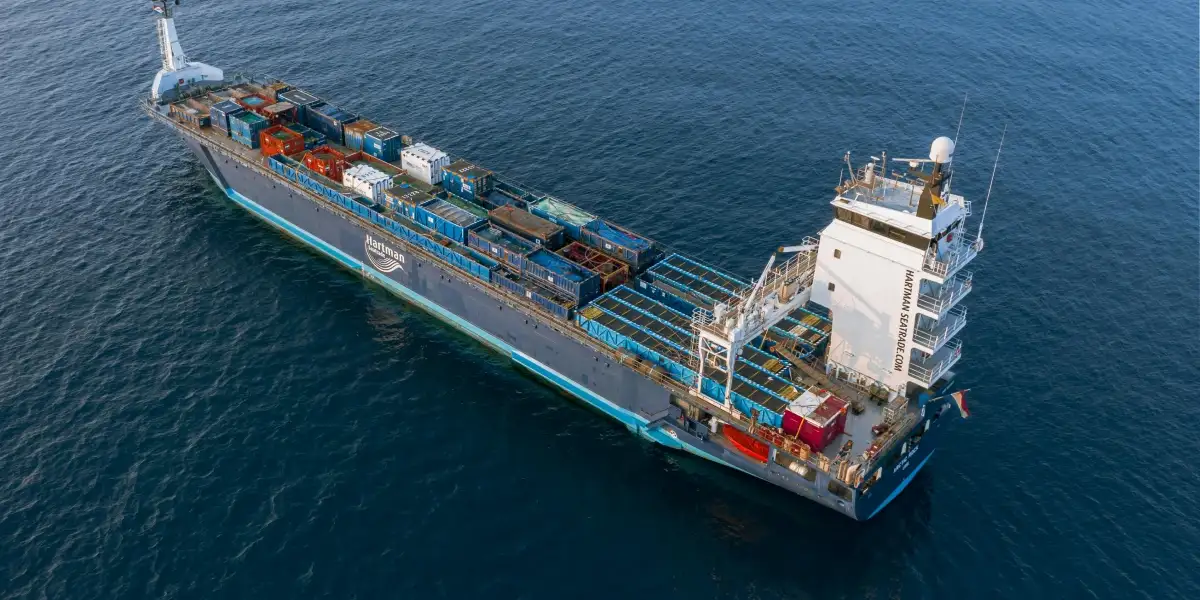Supply chain inefficiencies often stem from delays and the resulting financial penalties. While these setbacks are commonly associated with transit, it is crucial to recognise that many delays occur at pivotal points such as port terminals. These terminals act as enigmatic "black boxes" through which containers pass, potentially undermining the smooth flow of operations downstream.
Why Do Port Terminals Remain a Black Box?
While port terminal operations are vital in supply chains, surprisingly, the traceability levels decline when a container vessel arrives at either an origin or discharge port. The complexity of terminal operations extends beyond the mere loading and unloading of containers from a ship. It involves a delicate interplay among various entities, including carriers, terminal operators, customs brokers, and drayage service providers. The intricate nature of these multifaceted operations and the diverse array of technologies employed give rise to the pervasive visibility gap experienced at numerous terminals.
When we look at the technological interconnections among the various stakeholders coming together at a terminal, we can understand the challenges that come with it. For instance,
- Ocean carriers and terminals predominantly rely on Electronic Data Interchange (EDI) for connectivity. However, this ageing technology struggles to coexist with newer advanced visibility tools.
- On the one hand, certain operators readily adopt advanced API calls to facilitate seamless communication. On the other hand, some resort to manual entry of container numbers into terminal websites, eagerly seeking transparency regarding the status of their cargo.
The technological divide among other stakeholders, including the importers, freight forwarders, and drayage service providers, is evident. The spectrum encompasses various realities, from cutting-edge solutions to the absence of technology and still relying on PDF.
Basic Tracking vs Data Enriched with Context
When you have basic tracking in your supply chain, you can keep tabs on the live location of the vessel carrying your container and receive updates on relevant events from the transporting carrier. However, all visibility disappears when the container is unloaded from the vehicle, vessel, or train cart and enters a port terminal. Crucial questions like the following remain unanswered:
- When will a container be ready for a pick-up?
- Has the cargo successfully cleared customs?
- Is the container free from any holds or incurred charges like demurrage?
Unfortunately, the answers to these vital queries only surface after fines have been imposed or disruptions have occurred. Immediate access to critical information, such as Earliest Receipt Date (ERD), Last Free Day, pickup availability, and more, becomes elusive. The lack of terminal visibility leaves you in the dark, unable to proactively manage these essential aspects of your supply chain.
Lack of Global Container Terminal Tracking — Challenges
Let's consider this scenario.
As a shipper or a freight forwarder responsible for handling cargo on behalf of your customers and frequently importing goods from international suppliers, let's understand the repercussions of not having access to crucial milestones from a particular terminal.
Container release and drayage planning: The absence of immediate and up-to-date information from your supply chain visibility software about the container's status at a particular terminal, like the APM terminal tracking tool, creates a sense of uncertainty surrounding the release date. This uncertainty, in turn, causes delays in arranging the necessary drayage services for transporting the container to the designated warehouse. Without knowing definitively whether the container is available for pickup, long truck idle times or missed drayage time slots become inevitable, resulting in increased costs and compromised delivery timelines.
Appointment scheduling: Streamlining operations at various terminals often entails scheduling appointments for container drop-offs or pickups. Unfortunately, the absence of terminal visibility hampers your ability to be aware of the available appointment slots. Consequently, you may miss the opportunity to secure a convenient time, leading to potential delays caused by limited availability.
Demurrage charges: The absence of terminal visibility regarding the Last Free Days (LFD) for your containers can lead to exceeding the allocated free storage time, triggering the accumulation of demurrage charges. These substantial fees can directly impact the profitability of your shipment.
Customs clearance: Customs clearance process can also be significantly impacted due to limited visibility over terminal operations. The lack of real-time updates hampers your ability to provide precise and timely information to customs authorities, resulting in delays in the clearance process. Consequently, the goods remain held up at the terminal, leading to escalated storage costs and customer dissatisfaction due to the unfulfilled expectation of timely deliveries.
Inventory management: Precise knowledge about when you can expect to receive your merchandise is crucial for effective inventory allocation. You cannot provide accurate delivery commitments to your customers without this crucial information. Consequently, the end result often manifests as tardy domestic deliveries, ultimately leading to customer dissatisfaction.
In summary, operating on basic tracking data without extended terminal visibility creates several challenges. It hinders your ability to track container offloading, manage customs clearance effectively, promptly address hold statuses and associated charges, and access crucial information necessary for streamlined operations.
But this is not a problem that you cannot solve! An extended port terminal visibility of crucial worldwide terminals is a boon for shippers and freight forwarders to ensure smooth and efficient cargo handling throughout the supply chain.
Benefits of Having Port Terminal Visibility

Essential Information Accessibility
With extended terminal visibility, you can immediately access crucial information at the Port of Loading (POL) and Port of Discharge (POD). For instance, you can get real-time information on:
- Export milestones (Gate In) at POL, including Early Receipt Date (ERD) and Container Yard CY cutoff.
- Import milestones (Gate Out) at POD, including Discharged, Last Free Day (LFD), available for pickup, holds, and customs clearance statuses.
This accessibility empowers you to plan and execute your downstream operations more efficiently.
Maximising Delivery Efficiency
Keeping abreast of the designated Earliest Receipt Date (ERD) and vessel cutoffs empowers you to proactively align your container dispatch plans with the origin terminal. This adaptability allows you to swiftly respond to any alterations in your delivery schedules, eliminating the need to wait for the next available slot and avoiding unnecessary expenses.
Optimising Warehouse Operations
Knowing the Earliest Receipt Date (ERD) offers a significant benefit, enabling improved warehouse space management, inventory, and operations. With this information, you gain clarity on which goods must be shipped immediately, allowing you to dispatch them promptly from your warehouse. This process creates additional space to accommodate other goods, resulting in overall streamlined and efficient warehouse and space management.
Eliminating Customs Clearance Ambiguity
The availability of terminal data offers precise insights into the discharge timing of containers. This empowers you to initiate the customs clearance process promptly. By accessing accurate information regarding container arrival, you can efficiently navigate customs procedures, ensuring timely clearance and avoiding unnecessary delays.
Mitigating Holds and Avoiding Demurrage Charges
By leveraging terminal data, you can closely monitor your container's status, including any holds. This allows you to proactively address the issue and take necessary actions to avoid incurring demurrage charges. Additionally, with access to terminal data, you can set alerts for the Last Free Day (LFD), ensuring timely pickup of containers before demurrage charges start accruing.
LFD stands for Last Free Day, a critical milestone in the shipping process. It signifies the last day before demurrage charges begin to accrue for containers stored at the terminal beyond the agreed-upon free storage period. Understanding the LFD is paramount for efficient supply chain management, as exceeding this deadline can result in substantial financial penalties.
Delighting Customers
By offering dependable information on container-level milestones and terminal status, you consistently keep your customers informed about the progress of their shipments. This enhanced transparency and timely updates significantly improve their overall business experience with you and contribute to long-lasting customer loyalty.
Equipping Decision-Makers
Terminal visibility provides decision-makers with critical data and insights, enabling you to make well-informed decisions promptly. This leads to optimised resource allocation, improved efficiency, and better overall performance.





![[ロゴ]](https://cdn.prod.website-files.com/643006af9e6f61169be0dfb1/643006af9e6f611743e0dfee_Logo-Black-big.svg)
